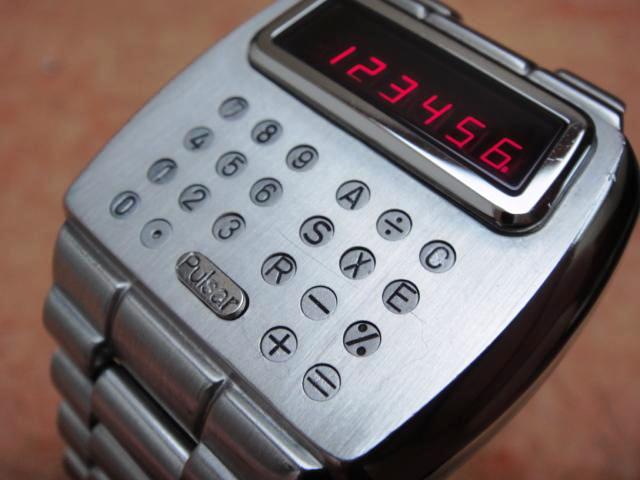
" Calculator " is one of the first calculators in wristwatches, released by Pulsar in late 1975 before the Christmas holidays. The first "limited edition" of 100 pieces was released in 18K gold cases at an incredible price of $ 3950 [about $ 19,000 in today's dollars / approx. transl.]. Nevertheless, it was a huge success, and after a few months a more affordable version in a stainless steel case appeared at a price of $ 550. Calculator advertisedas a gift "to a person who had everything up to this point." Even US President Gerald Rudolph Ford wanted such a calculator for Christmas 1975 - but his wife turned him down. In the first version, there was a 901 module, and in 1977 an improved 902 module appeared, with slightly rearranged buttons and the function of turning on with a movement of the wrist (there was an inertial switch inside). The clock was powered by four (!) 357 batteries, although two were enough to demonstrate all the possibilities.
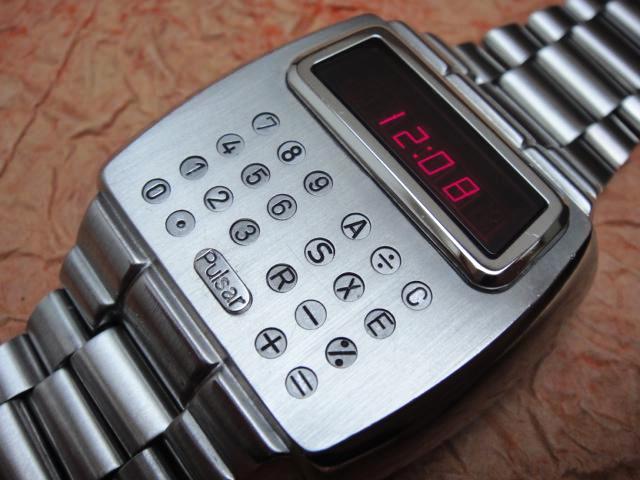
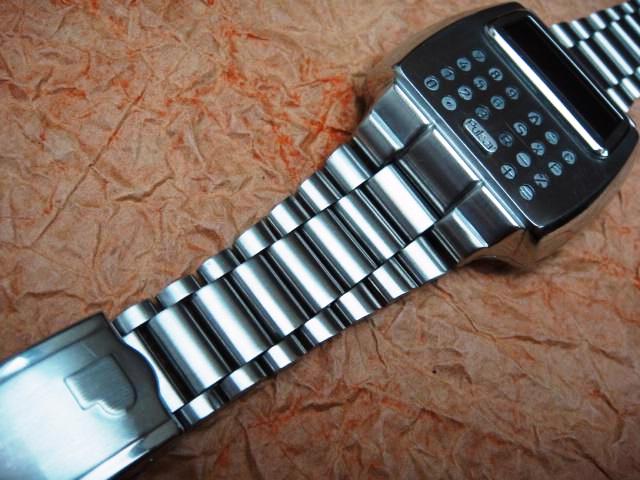
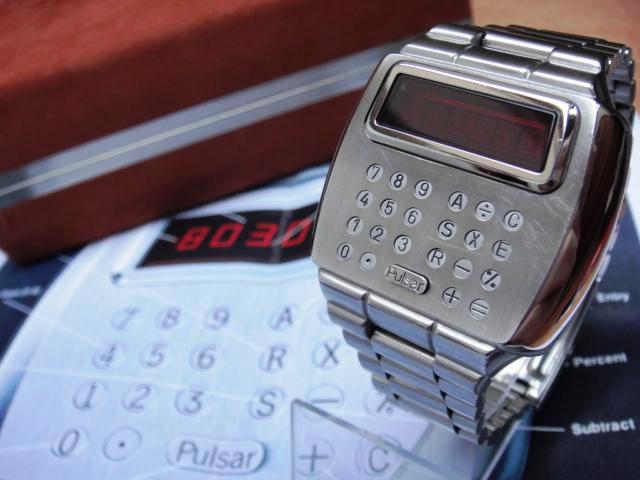
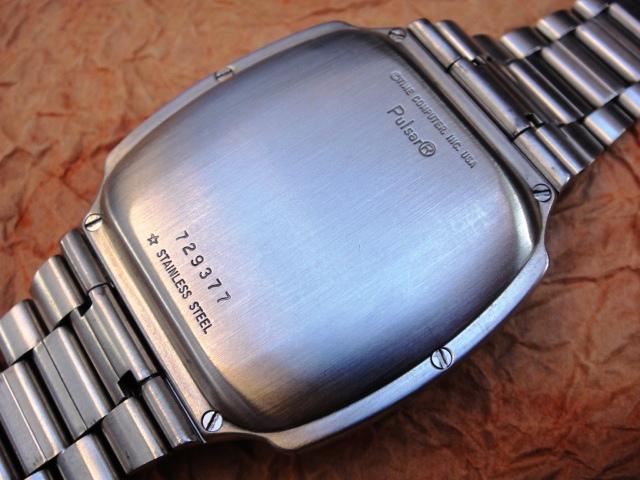
Calculations on small buttons could be carried out using a pen with a stylus that came with the kit. In the case, the buttons are held by a rubber insulating layer, and when pressed, they connect two conductive layers with tracks, by shorting which, one could see the time or functions. Due to the complex construction, many of the surviving clocks today do not work, although some can be restored. There is a warning on the back cover that the user should not try to remove the module - however, this can be done without damaging it by taking some safety precautions to avoid damaging the wires leading to the display. Also, the watch may not work due to dirt or oxidation of the conductive pad. First of all, you can try to clean it with alcohol or a brush, then check if the time appears by pressing the Pulsar button,and the calculator - by pressing the button 0 (in 901 modules) or + (in 902).





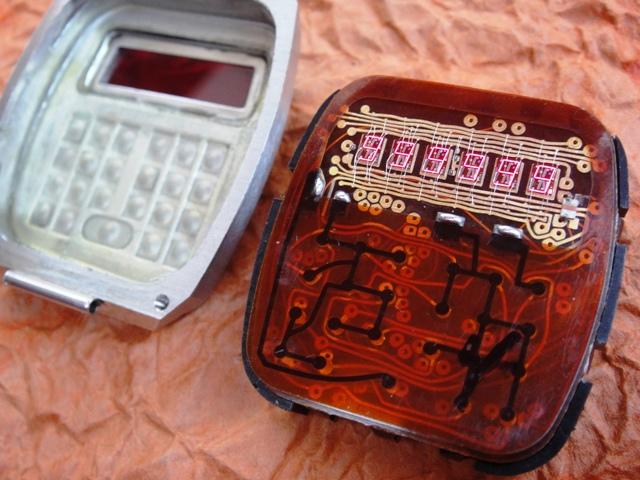
The last option is to check the operation of the switch on by brush movement (in module 902), and if the display lights up, then the problem is in the buttons and poor contact of the tracks. If none of these functions appear, you can disassemble the module and tinker with it without much risk. At this stage, you can also do the beauty of the hull. The sides can be polished to a high gloss and the lid can be cleaned with an abrasive sponge. One movement of 120th sandpaper will give the upper part of the case an original look, but for this you first need to remove the upper part of the display, peeling it off the case, and remove all buttons.
The glue must not be removed with a blow dryer or oven. A red glass filter consists of two layers of transparent glass with a red glue in between - it will melt at high temperatures.
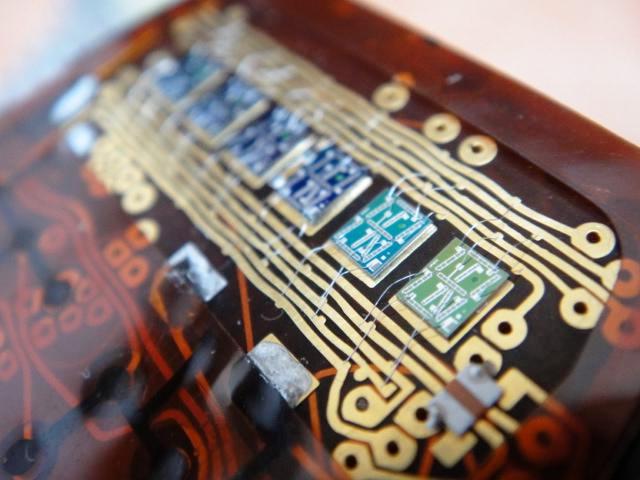


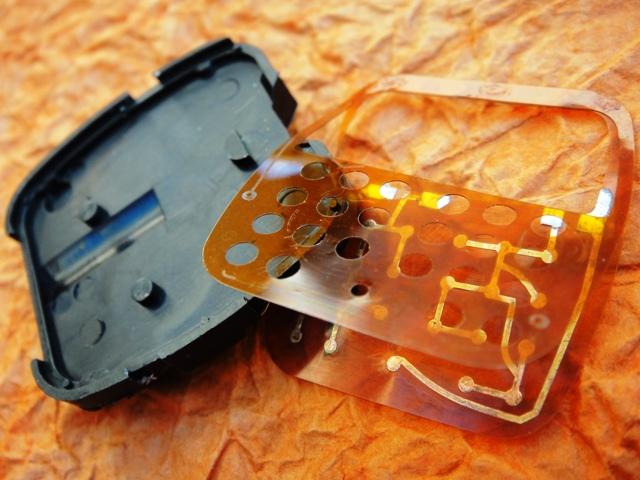
Pulsar was the first to introduce a wristwatch with a calculator, but soon competitors appeared on the market. Today, in addition to the Pulsar, the most famous LED calculators remain the Hughes Aircraft Calculator (also sold as CompuChron) and the Hewlett-Packard HP-01 scientific calculator very popular with collectors from 1977, of which very few were released.
The rarest calculator is the Uranus watch with buttons located around the display:

There is an even more recent version of the Pulsar 902 Calculator called Euro (pictured without strap). According to unconfirmed reports, it was made exclusively for the European market. Most of these clocks pop up in Western Europe. By 1975, Pulsar was ordering most of the components from various subcontractors, so it's no surprise to find microchips from Toshiba and Harris inside the Calculator. They are shown below at a magnification of 200x.



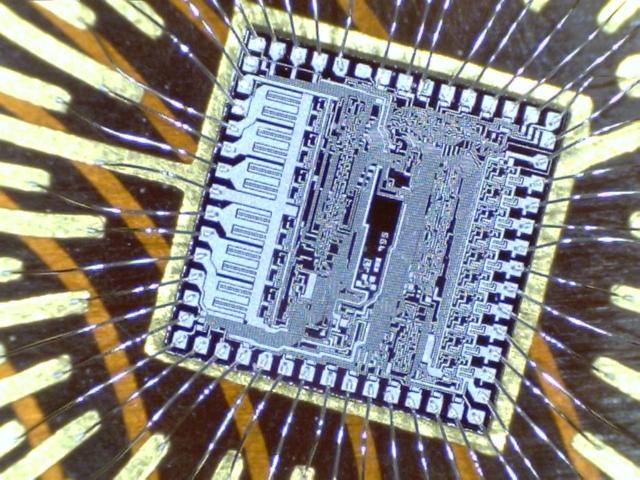

Today, such watches can be found at prices ranging from $ 150 to $ 1200, depending on the condition, configuration and packaging availability.
See also:
- " Pulsar Time Computer: 1972 Digital Clock That Worth As A Car "
- " Prices for popular electronics of the past in today's money: 1970s "
- " And about the clock "